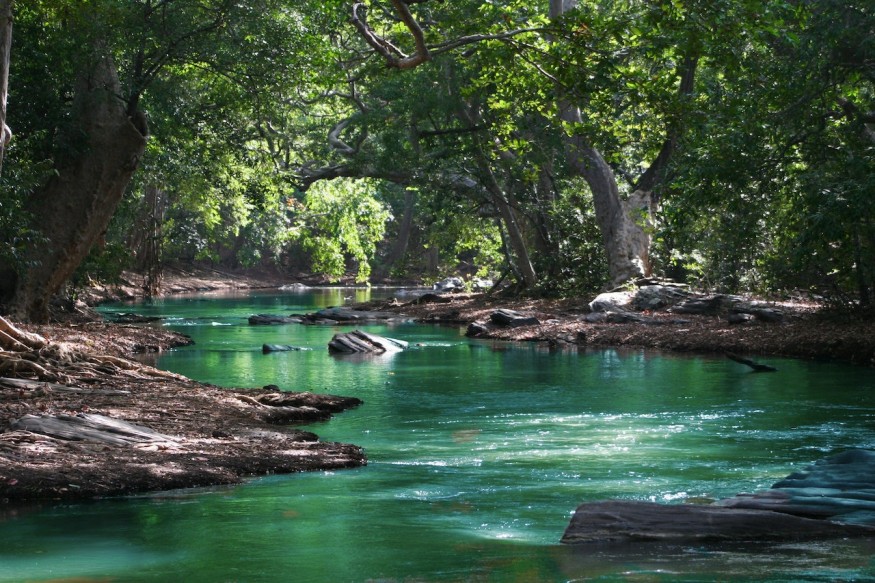
Scientists have discovered that more than half of the world's lakes are drying up. While there are other factors at play, humans could be blamed for most of it.
World's Lakes Dry Up
A new study published in Science shows that 53% of the world's lakes have shrunk in 28 years, from 1992 to 2020. The authors note that the amount of water lost is equivalent to 17 Lake Meads, which is the largest reservoir in the U.S. in terms of volume, as reported by Newsweek.
This is a serious concern, especially for those who depend on this specific water for irrigation and drinking. Science News also adds that the drying of lakes also threatens bird mitigation and local ecosystem survival. It may even foster dust storms.
To learn about the drying of the world's lakes, hydrologist Fangfang Yao, who is also the study's lead researcher from the University of Virginia, and colleagues looked into 250,000 lake-area shots of 1,972 of the biggest lakes across the globe that were taken via satellite in the last 30 years. Their sample comprised 95% of the planet's lake water, per Newsweek. They also made use of long-term records of water levels to minimize data uncertainty.
Yao explains that based on the data in the time series, they were able to project the trends for these large bodies of water. They then deseasonalized the data, which enabled the removal of seasonal fluctuations before the trends were calculated. Their output can be viewed on an interactive map.
Climate Change
Newsweek also adds that several lakes in the U.S. have also lost water in the past few years. This resulted from the megadrought that has been affecting the area. In fact, in the summer of 2022, Lake Mead reached its record-low levels, while the Great Salt Lake also saw record-low levels a few months ago as 73% of its water got lost.
Like several other climate change impacts in the past few years, such global water losses can be attributed to human impacts. Yao explains that over half of the net water loss in natural lakes is due to direct and indirect human impacts, such as human consumption and global warming, respectively.
Yao notes that they cannot confidently estimate future trends. However, he adds that for roughly a hundred large lakes that are immensely affected by warming, these drying trends may go on as climates get warmer.
Aside from directly affecting drinking and agricultural water supplies, drying lakes may also lead to environmental degradation and freshwater loss. A hydroelectric reservoir that is drying may also affect the generation of hydropower energy. It may also affect navigation and recreation.
Managing and mitigating lake drying may also be more difficult due to the bureaucracy about refilling lakes. Balaki Rajagopalan, a co-author of the study and a professor of hydrology and water resources from the University of Colorado, Boulder, explains that it is hard to resurrect a lake that is drying or that has dried up. Hence, it is important to preempt this using smart management.
Check out more news and information on Environment and Climate in Science Times.
© 2025 ScienceTimes.com All rights reserved. Do not reproduce without permission. The window to the world of Science Times.












